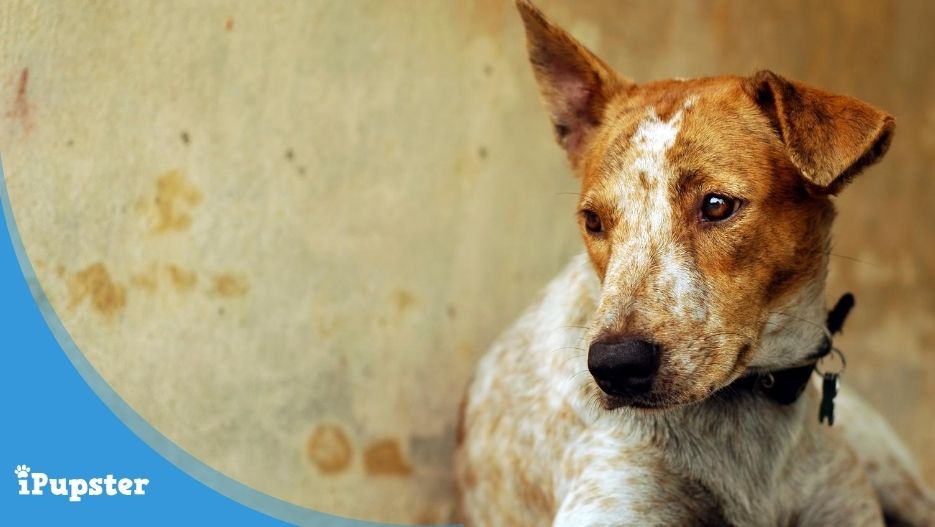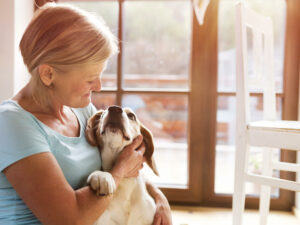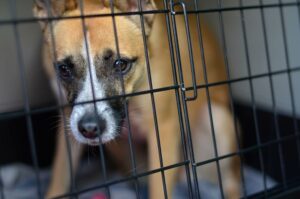Local rescues and shelters are popular places to search for a new dog on a budget. If you’re considering this yourself you might be wondering how you socialize a rescue dog.
Socialization is critical for a well-balanced, happy dog. This guide tells you everything you need to know about socializing a rescue dog.
What is Socialization?
Socialization is the process of introducing your dog to any and all new experiences, not just people and other pets.
This usually occurs when your dog is a puppy, during a time when they are learning about the world and open to new experiences.
The critical socialization period for puppies is between 3 and 16 weeks.
Why is it important to socialize a rescue dog?
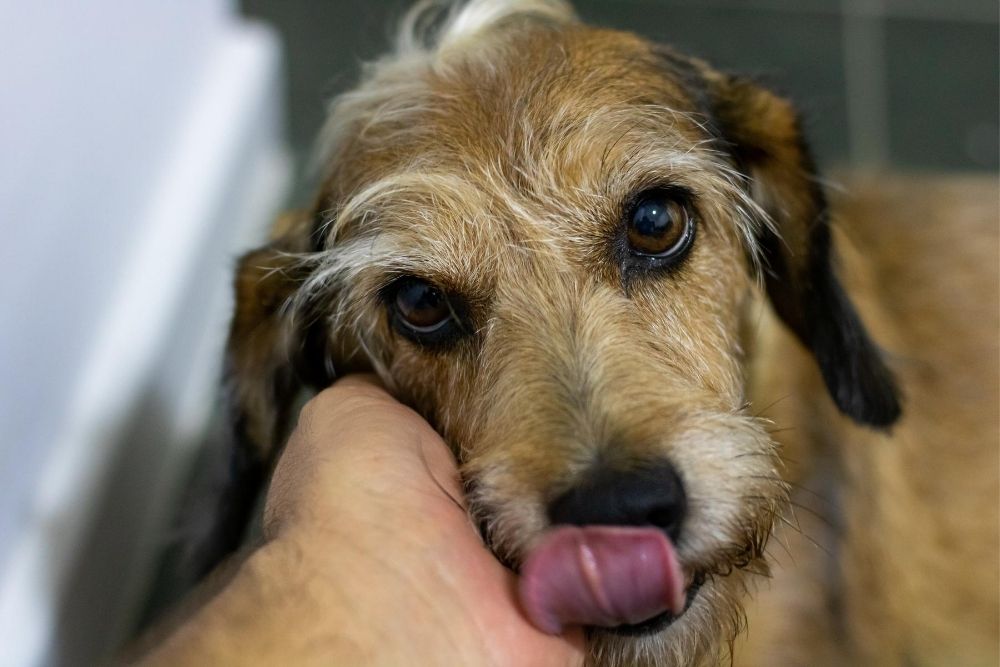
Socializing a rescue dog is important, especially if you don’t know a lot about their background.
If you know they had some formal socialization (were introduced to different people, kids, sounds, animals, etc.) at a young age you shouldn’t have too much to worry about.
If your dog was not properly socialized as a puppy, or worse, was abused, you may have your work cut out for you.
The good news is socialization at this stage is not impossible, it just needs to be done gradually with a lot of patience and positive reinforcement.
Proper socialization will allow you to pinpoint any potential triggers your dog may have.
Once you know if they’re scared of or aggressive towards anything, you can work on switching that trigger from a negative to a positive one.
Over time, rescues can become less reactive to things that bothered them before. If not, you can work on other training and try to avoid the thing that your dog reacts badly to (like bicycles, men, loud noises, etc.).
Socialization helps reassure you that you can trust your dog to be calm in different situations.
This helpful clip shows some of the safe ways that a canine evaluator at Heart of the Valley Animal Shelter tests a new dog’s comfort with different situations.
What should you include in the socialization experience?
When talking about puppies it’s often recommended to expose them to as many things as possible (without overwhelming them).
With a rescue dog, you might start their socialization schedule slower.
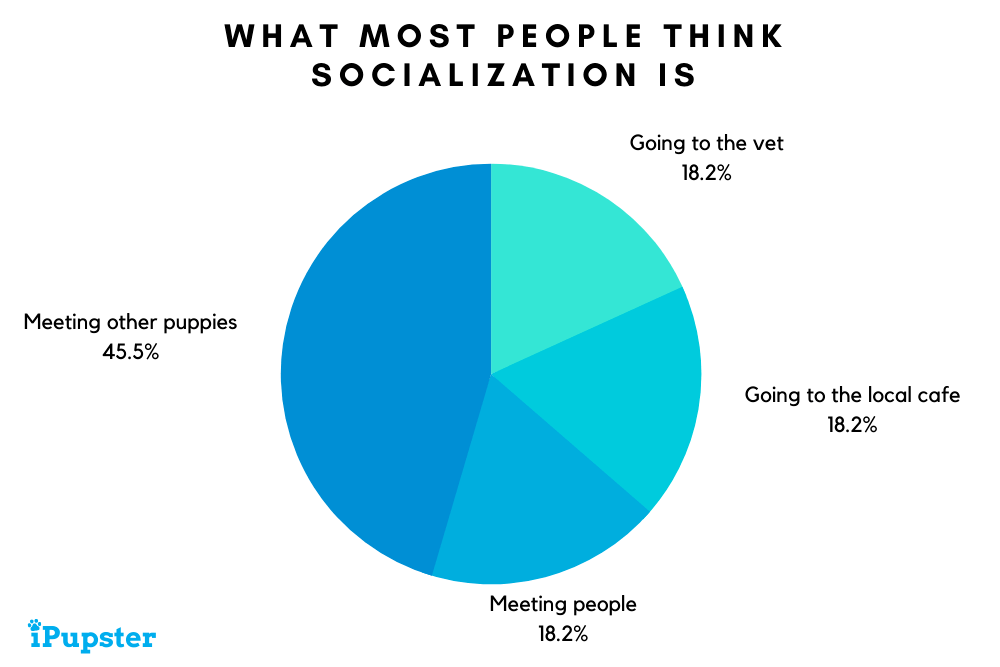
To figure out what to include in the socialization experience, take notes on these 3 key factors:
- Where you live (urban, suburban, rural, different weather or terrain, etc.)
- Your daily routine (are you gone for long periods during the day, do you hike, do you have other family/pets/friends over often?)
- What you know about your rescue dog (did you learn anything about their background, do they seem eager to approach everything or reluctant and fearful?)
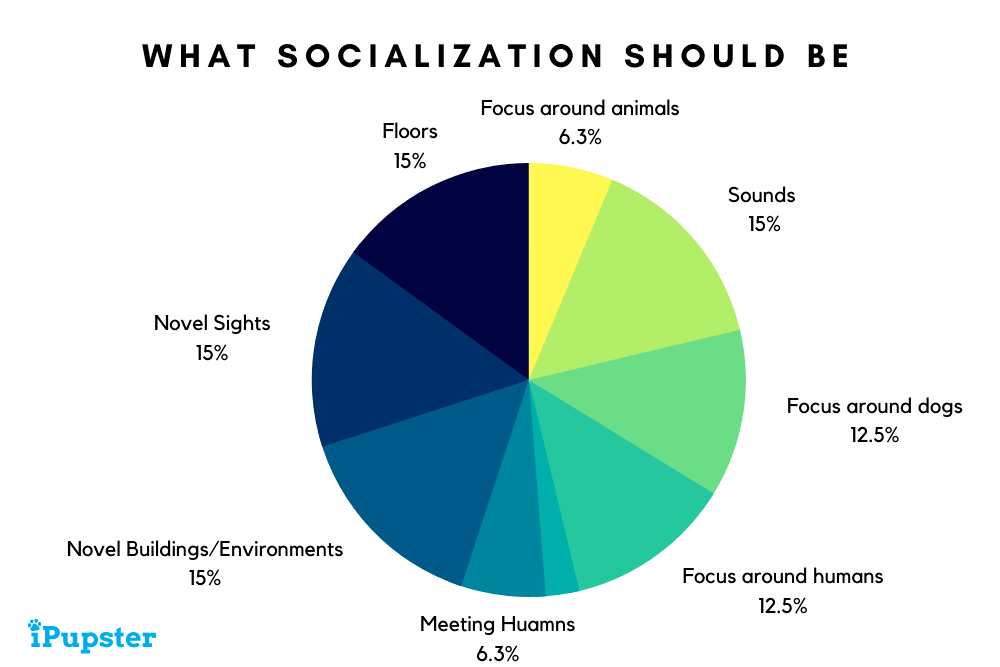
The answers to these questions will tell you what your dog will need to get familiar with, and hopefully form a positive association with.
If you own a farm that means getting your rescue dog used to the different animals and machinery you use. They’ll need to get familiar with different areas on your property, family members, and workers/suppliers who stop by.
If you live in the city your dog may need to practice on quieter streets before more crowded ones. You’ll want them used to sounds of the city, like sirens, concerts, and motorcycles.
It’s important to carefully socialize your rescue dog with different people including older people, kids, babies, men and women.
You should also socialize your new dog with any pets they’ll be exposed to, like cats or other dogs.
If your efforts go well, you can also use a list like Preventive Vet’s 100 things in 100 days for more ideas.
How to socialize a rescue dog: do's and don’ts
For a rescue adult dog socialization might be a little late. They could be hesitant or scared of new things.
Some rescues are confined to small spaces and not brought out much as puppies, unfortunately due to neglect from their owners or time in pet stores and crowded shelters.
To them the world can be a scary, unpredictable place.
For these dogs, it’s important to start the socialization process slowly and let them set the pace.
Here are some dos and don’ts to follow when socializing a rescue dog.
Do's
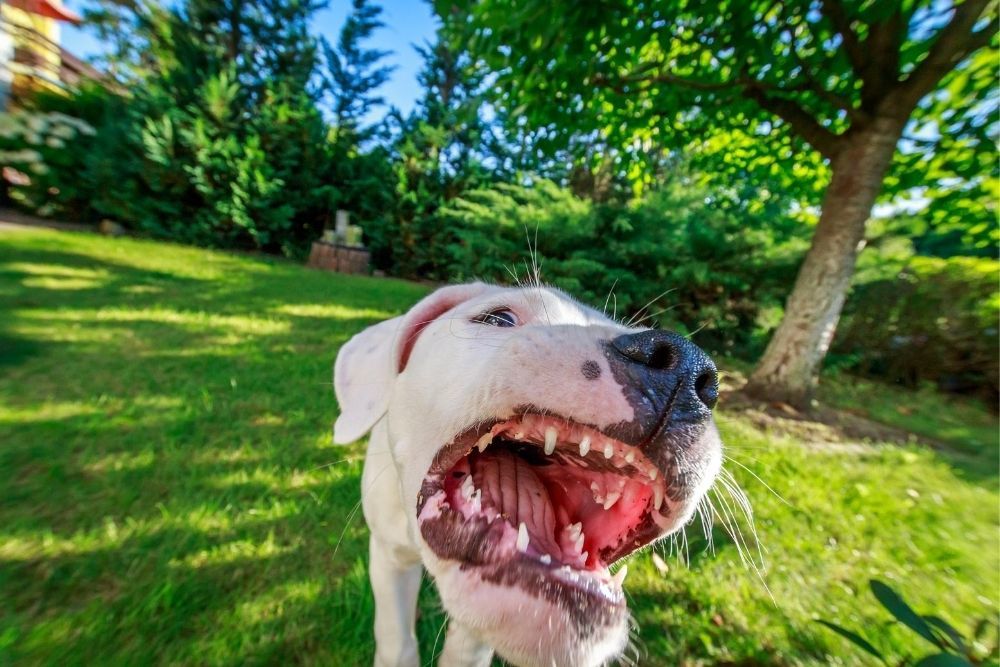
Early socialization helps prevent your dog from having issues with anxiety/reactivity around other dogs and also new people.
Learn your dog’s body language
Knowing the difference between approach behavior, fear, and aggression in dogs is vital for proper socialization.
A dog that is anxious and uncomfortable shows signs like:
- Tucked tail
- Flattened ears
- Licking lips or nose
- Shaking
- Whining
Signs of aggression might include:
- Growling
- Snapping
- Biting
- Barking
- Whining
You need to know how your dog is feeling in the situations you put them in and respond accordingly.
If your dog is fearful, back it up a little or retreat and try again later. If they seem calm and happy, let them explore.
Allow your dog to graduate from smaller to bigger challenges
With rescue dogs especially, you don’t want to throw them into new situations too fast.
You don’t know if they’ve had a negative experience with something that could trigger a fearful or aggressive response.
For example, when introducing your rescue dog to children you might walk them by a park where there are kids playing. With your dog on a leash you can see if they seem interested in the kids (tail wagging, not tense, ears relaxed).
You can also see if they act fearful or aggressive (barking, tail tense or between the legs, hair standing on end).
If you try this out and your dog responds well you might have them meet an older child that you know, who understands to be calm, not make eye contact, and wait for the dog to approach them first.
Praise and treat your dog for being near the child and approaching if they want to.
To form a positive association when they are near the child they should get good things, and when they retreat the good things stop.
Don’ts
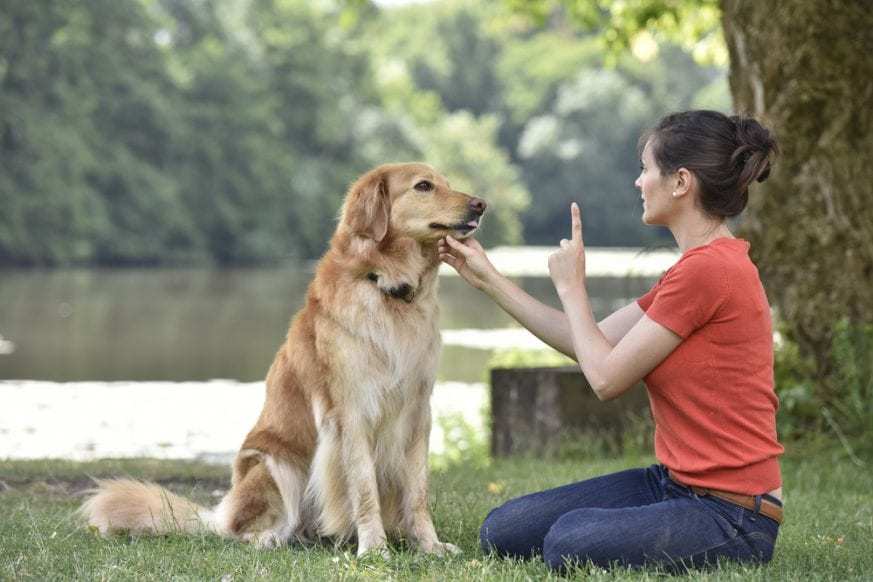
Adopting an adult rescue dog can be a challenge but boy does it pay off!
Don't force your rescue to approach anyone or anything
Once your dog is in fight or flight there is no learning or training going on.
It’s important that you work to keep your rescue in their comfort zone so the experiences are positive.
Warning: Never force your dog to interact with another person or pet, or approach something if they don’t want to.
Don't set your dog up to fail
As a responsible dog owner, it’s important to make sure they are properly socialized even if they weren’t yours during the critical window.
You should know how your dog reacts around different people and places, and work to familiarize them with things that seems strange or scary.
Don’t put them in an overwhelming situation like a big crowd where they could panic and bite someone to protect you or themselves.
If you notice your dog seems very reactive towards certain things, get help from a vet, certified dog trainer, or behavior consultant.
Hot Tip: Here are some tips you can use to help prevent dog bites.
Final Word
Socializing a rescue can be challenging, especially if you don’t know their background.
You may get lucky and take in a rescue with some socialization, but it’s best to do your own also.
The key is to be mindful of your dog’s behavior early on and follow a solid socialization strategy.
Next Read: Crate Training an Older Rescue Dog

